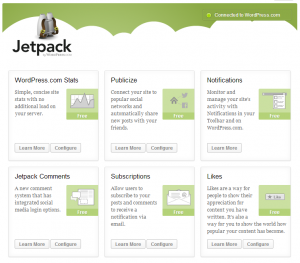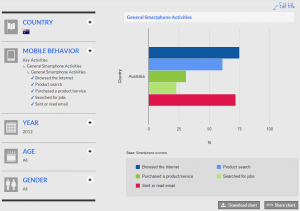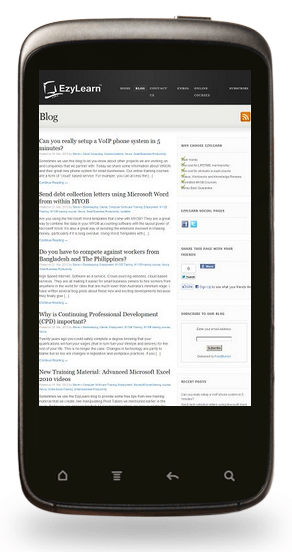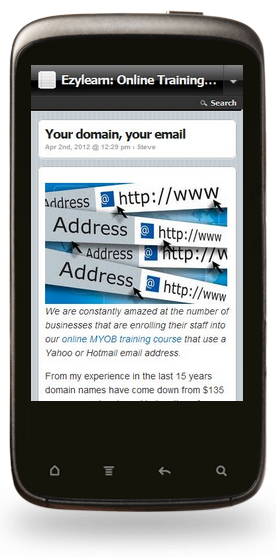 Yellow Pages vs Content Marketing?
Yellow Pages vs Content Marketing?
A client of ours showed me an email that came from Sensis and it looked a little sad. It showed how many times an ad appeared and how many people clicked for more information. The saddest part is that this Billion dollar company is now just another online directory. It’s another example of how a traditional business, that hires professional and persistent sales people to sell high cost packages is dying an accelerating death. The other large one I recall was Encyclopaedia Britannica – remember those door to door salesmen who made a good income selling these for your children’s benefit? OK, now I’m assuming you’re over 45 😐
Why Content Marketing
We decided many years ago to go down the blogging route because it makes sense. These days the correct term for blogging for business is “Content Marketing” and it’s great because it’s a way of:
- Constantly informing readers,
- Demonstrating an active business and website
- Informing website visitors about changes in the business,
- sharing stories about how people use our services and
- Making general announcements.
How Bad is the Yellow Pages Directory Going?
Telstra recently offloaded their majority ownership in the Yellow Pages business they branded as Sensis and in the fine print on page 15 (2013 year) and page 18 (2014 year) you can see that the revenue for this business declined by 11.7% and 22% respectively.
I remember when most local tradies (plumbers, electricians, chippies, builders etc) would spend tens of thousands of dollars per year to keep their position in the large display ads. I even remember the days of the golden phone that Yellow Pages use to make available to business to PROVE just how many phone calls would be coming in the door as a result of advertising with them. If anyone remembers the golden phone offer I’d love hear from you on our Facebook page..
Where do you spend your marketing money?
The idea for this blog post came as a result of being forwarded an email, but it ties in nicely with our Small Business and Startup Course which is now available at a hugely discounted price! Read on to see how we changed our pricing structure.
 In this course we have two subjects which cover marketing for small business and we have some great interviews with Michael Locke who shares information about the 4P’s. Sensis would represent an excellent case study of where the marketing function may not have been submersed in the strategy business decision making to stem this significant change in their business model.
In this course we have two subjects which cover marketing for small business and we have some great interviews with Michael Locke who shares information about the 4P’s. Sensis would represent an excellent case study of where the marketing function may not have been submersed in the strategy business decision making to stem this significant change in their business model.
Small Business Management and StartUp Course
The recent change we made to this course was to separate the business coaching and assessment options and make them available separately. In this way the Small Business and StartUp course is much like our MYOB course where you can work through everything at your own pace and request support if you need it.
If you are interested in doing a number of different courses as well as the Small Business Management course you might want to enrol at the Australian Small Business website where you can choose our software courses at a discounted price (when combined with the small business management course). This way you’ll be able to use WordPress for your content marketing, MYOB or Xero for your accounts and Excel for any spreadsheet work.
References:
Telstra Annual Reports 2013, and 2014
PS. By the way, you can still get Britannica and online it’s just under $70 pa. You can also still buy the printed edition for under $700 and you can pay $2500 for a whopping collection of short stories, plays and poems..

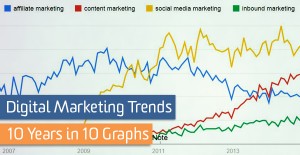
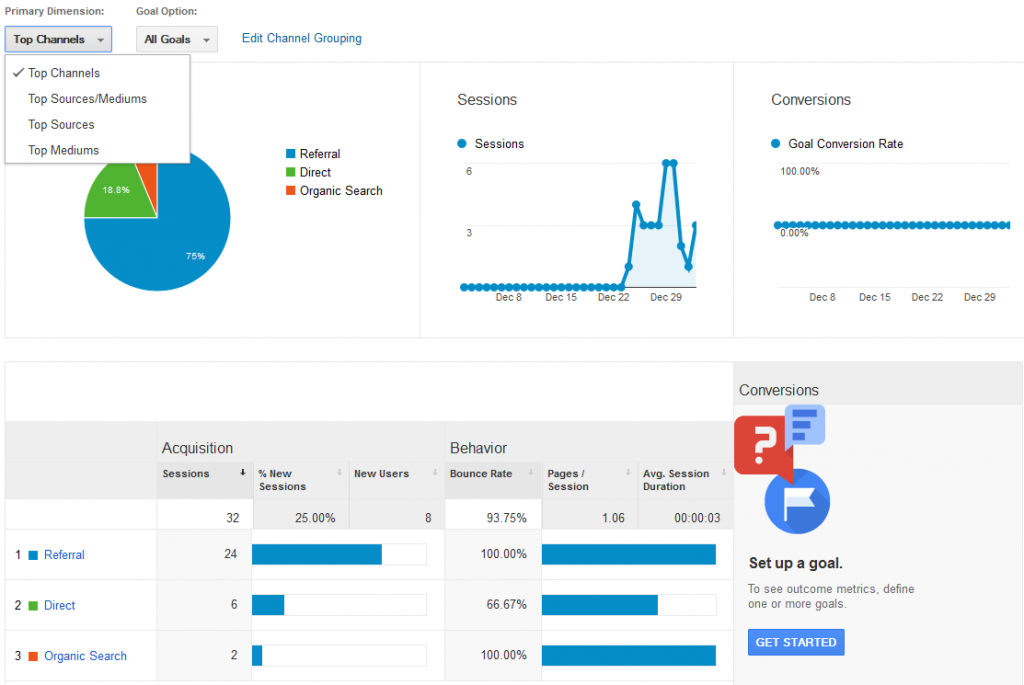 I don’t normally like to write about all the technical details we have to go through as an online training course provider, but we’ve been assembling some marketing information about our new online business opportunities and realised this is exactly the type of information that we’ll be sharing with students who come along on our online marketing business opportunity.
I don’t normally like to write about all the technical details we have to go through as an online training course provider, but we’ve been assembling some marketing information about our new online business opportunities and realised this is exactly the type of information that we’ll be sharing with students who come along on our online marketing business opportunity.









